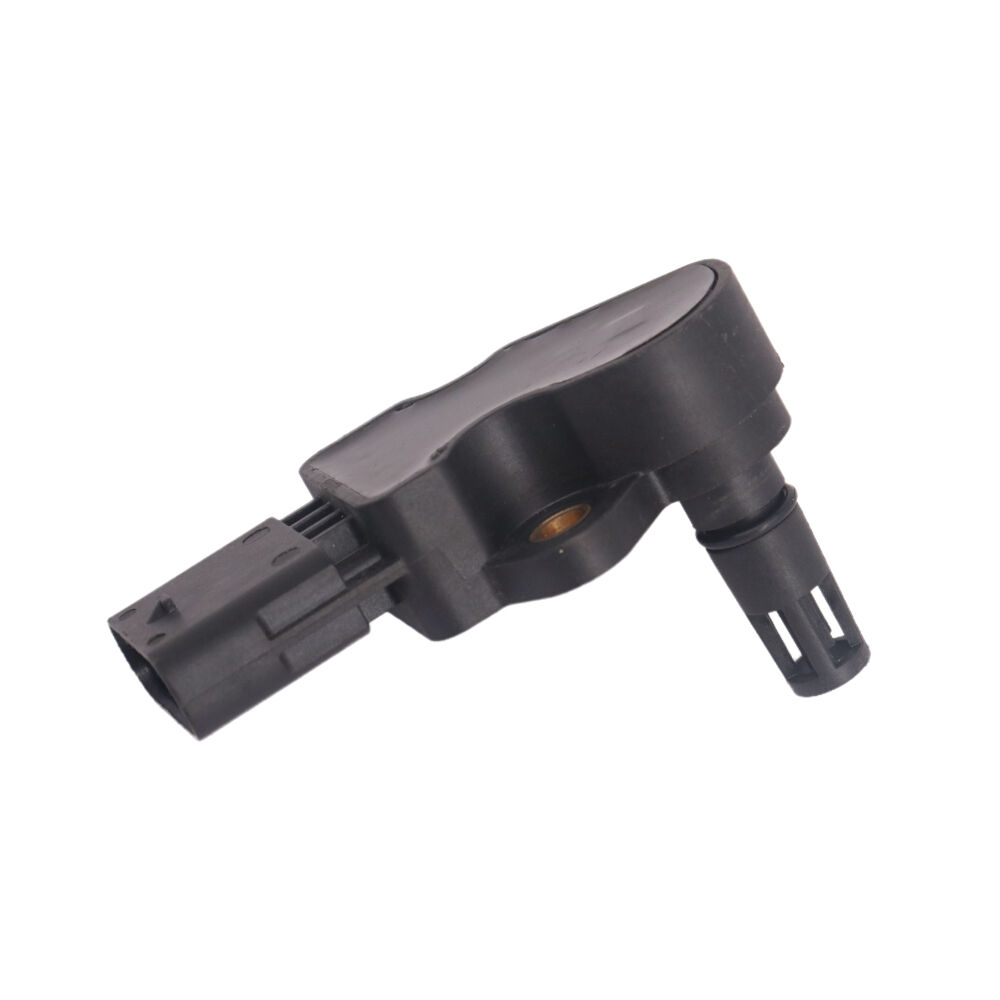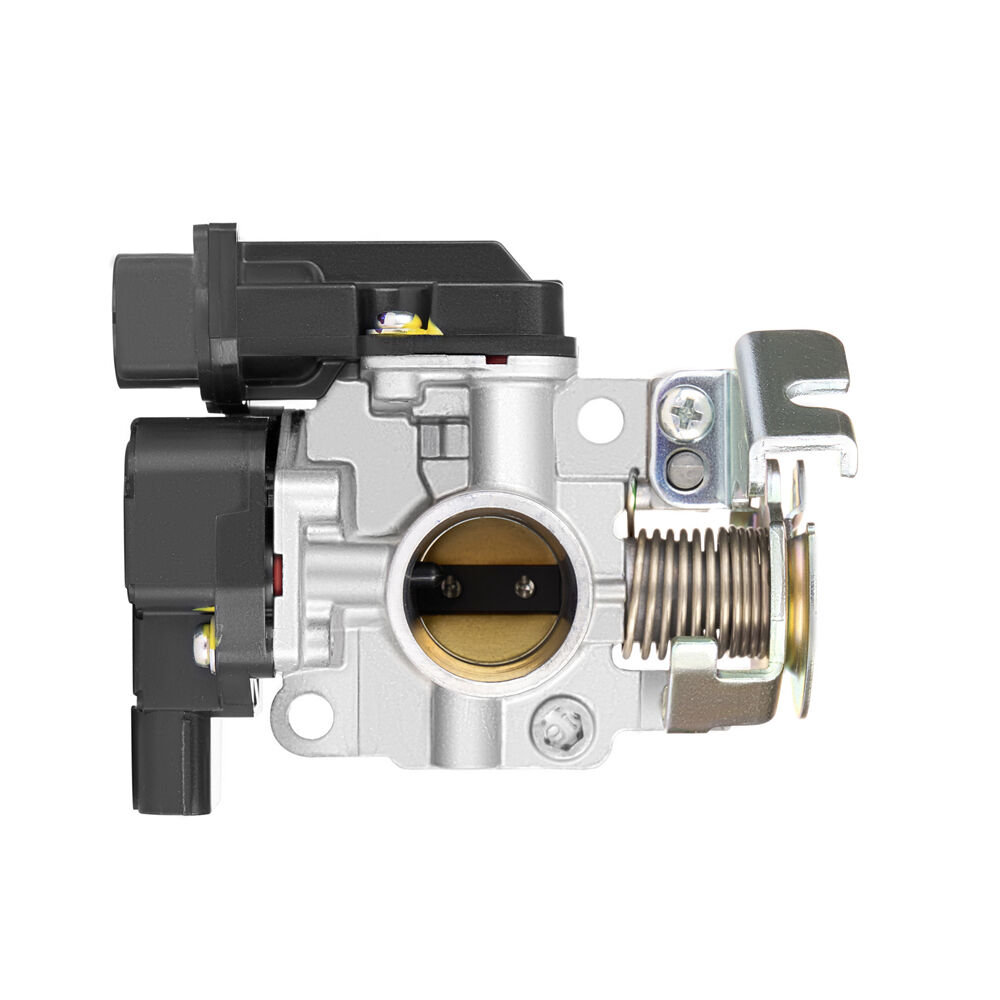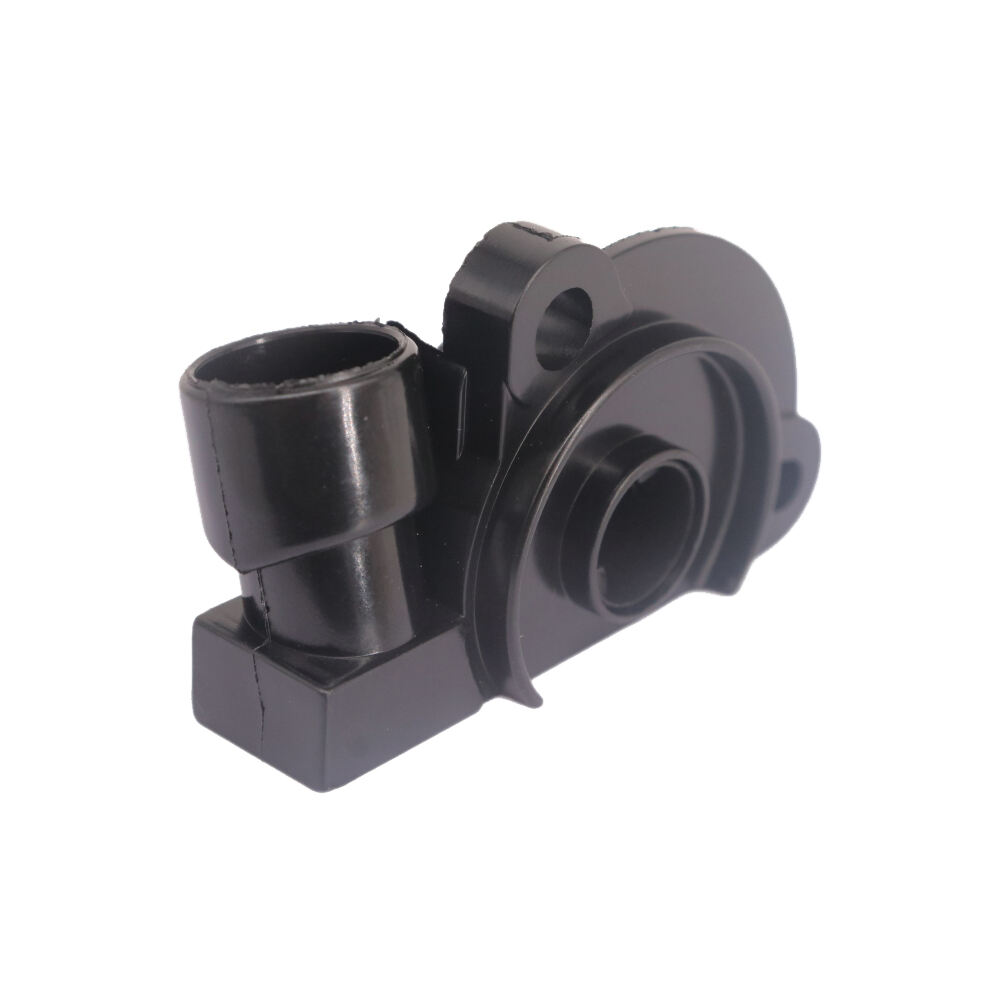crankshaft position sensor wiring diagram
A crankshaft position sensor wiring diagram serves as an essential guide for understanding and implementing the proper electrical connections in a vehicle's engine management system. This detailed schematic illustrates the precise connections between the crankshaft position sensor, engine control module (ECM), and power supply components. The diagram typically shows three main wires: the power supply wire (usually red), ground wire (typically black), and signal wire (often yellow or green). These connections work together to enable the sensor to accurately detect the crankshaft's position and rotation speed, providing critical data for engine timing and fuel injection control. The diagram also includes important reference points, connector pin assignments, and color-coding schemes that help technicians ensure proper installation and troubleshooting. Modern crankshaft position sensor wiring diagrams often incorporate electromagnetic shielding specifications to prevent signal interference, ensuring reliable sensor operation even in harsh engine environments. Understanding this diagram is crucial for maintaining optimal engine performance and preventing potential issues related to improper sensor installation or wiring connections.


